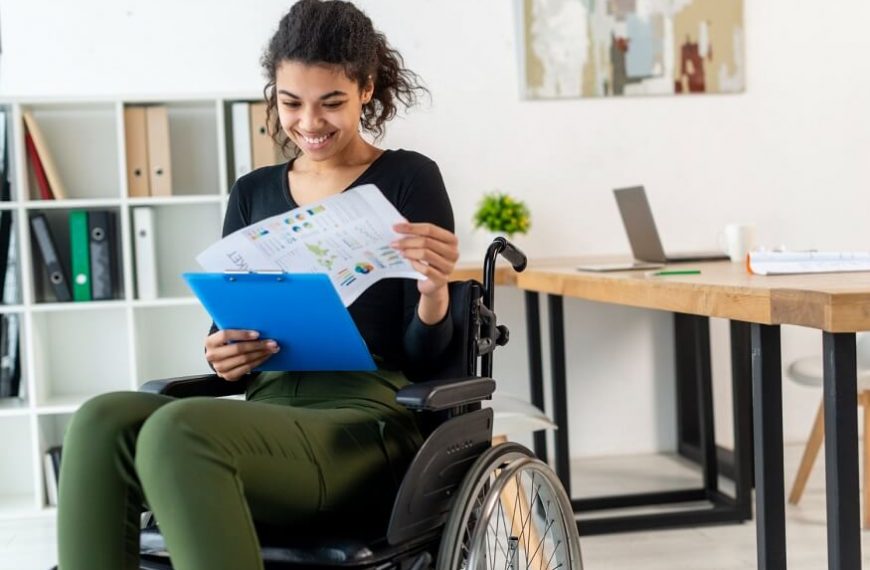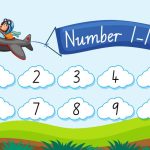It was a regular evening in the city of Mumbai as Anika watched her 8-year-old, Ishaan, struggle with his homework. Like every diligent mother, Anika wondered why her son, who was so quick to pick up dance steps or recite film dialogues, found it challenging to grasp simple mathematics problems or comprehend a short story. It wasn’t a question of effort or intelligence, but perhaps, as she later discovered, of understanding what a learning disability was. If you find yourself in Anika’s shoes, this article will guide you through the complex labyrinth of children’s learning disabilities, the types of learning disabilities, learning disability symptoms, and strategies to help your little one shine.
What is a Learning Disability?
At the heart of our conversation is a question many parents like Anika often ask: What is a learning disability?
A learning disability is a neurological condition that affects how information is received, processed, stored, and responded to in the brain. It is critical to recognise that children with learning impairments are not less brilliant; their brains simply absorb information in a different way. It isn’t a result of laziness, lack of motivation, or low intelligence, but a genuine challenge they face in certain academic areas.
Types of Learning Disabilities
Learning difficulties are classified into several categories, each with its own set of features. Understanding these enables parents and educators to provide targeted assistance:
Dyslexia: This disability affects reading and associated language-based tasks. A child with dyslexia typically:
I Find it challenging to recognize words instantly.
Struggles with decoding words, meaning they might read ‘stop’ as ‘spot’ or ‘slip’ as ‘spill’.
Faces difficulty in spelling, often jumbling up letters in words.
Dyscalculia: A mathematical learning disability. A child grappling with dyscalculia might:
Have a tough time understanding basic arithmetic operations.
Struggle to grasp and memorise arithmetic facts.
Find it challenging to measure things or reason logically about numbers.
Dysgraphia: This is related to writing. Indications of dysgraphia in children include:
Messy handwriting is often accompanied by irregular spacing between letters or words.
An inconsistency in writing, like mixing cursive and print.
Difficulty in putting thoughts on paper and structuring sentences coherently.
Auditory and Visual Processing Disorders: These aren’t tied to a child’s hearing or vision capability but rather to how the brain processes auditory or visual information. A child might:
Confuse similar-sounding words.
Struggle to follow verbal instructions.
Misinterpret visual cues or overlook subtle differences in shapes or patterns.
Non-Verbal Learning Disabilities: These don’t affect speaking but can impact the interpretation of non-verbal cues. A child might:
Have difficulty understanding facial expressions or body language.
Struggle with motor coordination.
Face challenges in grasping abstract concepts or reading between the lines.
Causes of Learning Disability
Delving deeper into the causes of learning disabilities, it’s apparent that these conditions arise from a combination of factors:
Genetics: Research shows a significant link between family histories and the prevalence of learning disabilities. A child might inherit certain genetic traits leading to such challenges.
Environmental Factors: Factors during prenatal and early life can influence a child’s neurodevelopment. These include:
Substance exposure during pregnancy, especially alcohol or drugs.
Premature birth which might lead to developmental delays.
Early childhood infections or illnesses.
Brain Structure: Modern neuroimaging techniques reveal that structural anomalies or differences in certain brain regions can be linked to learning disabilities. The way the brain is wired might affect how it processes linguistic, mathematical, or visual information.
Learning Disability Symptoms
Recognising the signs early on can drastically improve intervention outcomes:
Preschool Age: Be observant if your child:
Finds pronouncing words a task.
Consistently struggles to find the right word in conversations.
Lags behind in rhyming games or activities.
Primary School: At this age, children might:
Have evident struggles with reading simple texts or spelling basic words.
Regularly confuse directions like left from right.
Middle School: Here, you might notice your child:
Finding metaphors or similes is confusing.
Struggling to comprehend what they read.
Facing consistent challenges in grasping new mathematical concepts.
High School: As academics intensify, these students might:
Struggle to organise their thoughts in essays or presentations.
Find abstract concepts, especially in subjects like philosophy or advanced mathematics, perplexing.
Consistently lag in turning in assignments or projects.
Remember, if these symptoms are consistent and not just occasional, seeking expert opinion becomes vital.
Strategies for Assistance
Every cloud has a silver lining. With the right strategies, navigating this storm becomes easier:
Understand and Advocate: Knowledge is power. Recognizing and understanding your child’s challenges can lead to better advocacy for their needs in educational settings.
Use Resources: Our world is replete with resources designed for such challenges:
Special education programs tailored for specific needs.
Speech therapy for those grappling with language-based disabilities.
Tutors who specialise in assisting children with learning disabilities.
Daily Practice: As with anything, practice can make perfect. Regular, consistent practice in challenging areas can lead to improvement.
Emphasise Strengths: It’s not all about the challenges. Every child shines in some areas. Identifying and nurturing those can be a tremendous confidence booster.
Support and Love: At the end of the day, a supportive, understanding home environment can make a world of difference. Your unwavering support, patience, and encouragement can be the wind beneath your child’s wings.
Remember, with the right support and strategies, children with learning disabilities can and do achieve wonders. Your love and support are their greatest strengths.
Just like Anika found guidance, understanding, and the resources to help Ishaan shine brilliantly, every child with a learning disability has immense potential waiting to be unleashed. It’s all about the right support, understanding, and love.
Speaking of the right support, EuroKids is a haven for holistic development. As a leading name in early childhood education in India, they are well-equipped and trained to address diverse learning needs, ensuring every child gets the foundation they deserve. If you’re looking for an environment that nurtures, understands, and moulds, EuroKids is the place to be. To learn more about EuroKids specially crafted curriculum, visit the nearest EuroKids centre today!
Remember, every child is like a unique gem, waiting for the right setting to sparkle. Let’s offer them the understanding and environment they deserve.















